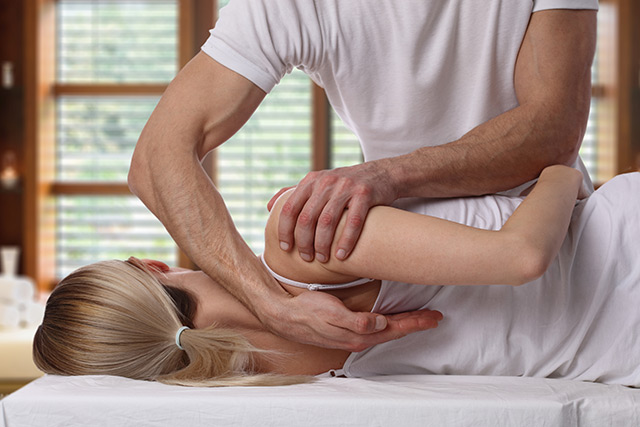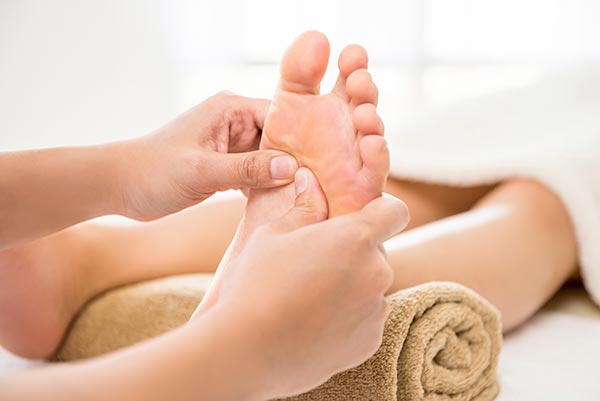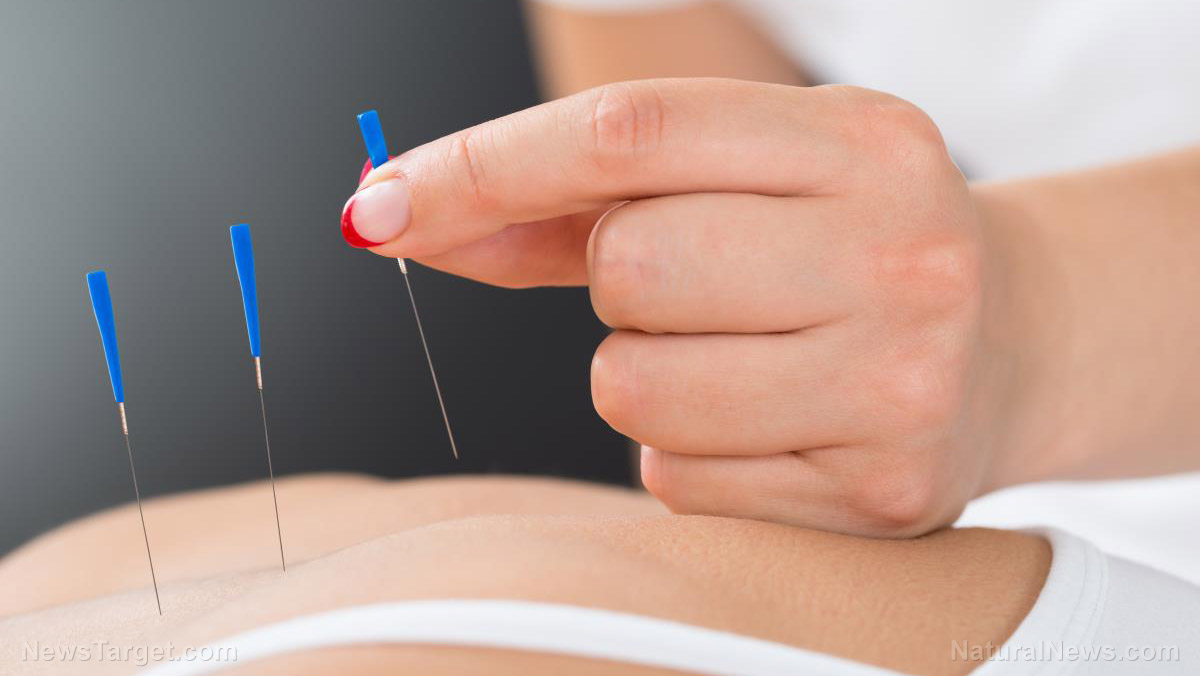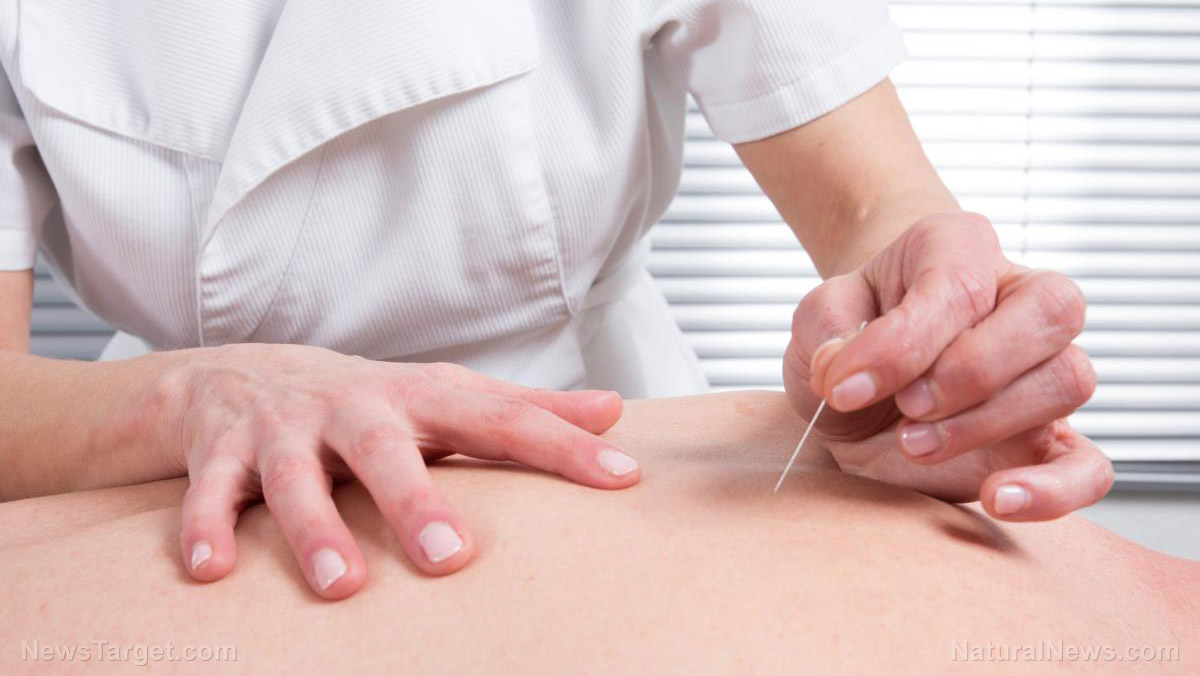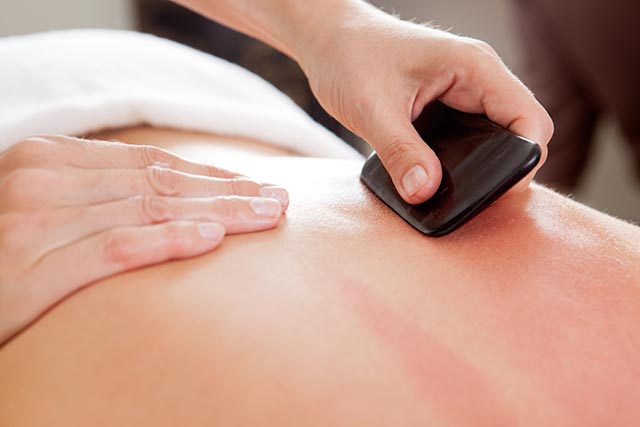Drug-free options for dysmenorrhea relief include reflexology and connective tissue manipulation
10/11/2019 / By Evangelyn Rodriguez
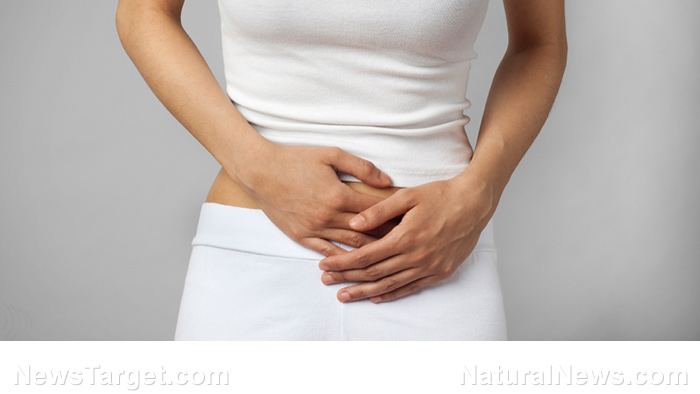
Primary dysmenorrhea is the medical term for common menstrual cramps. This type of dysmenorrhea is associated with recurrent pain but is not due to any health condition. According to statistics, primary dysmenorrhea is prevalent among females around the world. About 90 percent of adolescent girls suffer from primary dysmenorrhea, while about 50 percent of adult women also experience it. While primary dysmenorrhea can be treated, conventional methods involve the use of harmful synthetic drugs. But researchers from Gaziosmanpasa University in Turkey recently reported that there are natural and alternative treatments for primary dysmenorrhea. In their study, which was published in The Journal of Alternative and Complementary Medicine, they demonstrated that therapies like foot reflexology (FR) and connected tissue manipulation (CTM) can reduce not only the pain caused by menstrual cramps, but also other menstruation-related symptoms.
What are foot reflexology and connective tissue manipulation?
Foot reflexology is a form of massage that is based on the principles of acupuncture. FR is used to stimulate certain points located at the bottom of the feet; but instead of needles, gentle pressure is applied by a reflexologist to activate them. The pressure points correspond to specific pathways that lead to the afflicted tissue or organ of the body. Stimulation of these pathways is believed to release blocked energy, which is considered the cause of an ailment or malady.
Besides the feet, reflexology can also involve the hands and the ears. Reflexology is said to help reduce stress and anxiety, relieve pain, elevate the mood, and improve a person’s sense of well-being. Reflexology is also credited with boosting the immune system, correcting hormonal imbalance, improving digestion, and relieving joint pain, although scientific evidence to support these claims are few. (Related: Foot reflexology found more effective than back massage at improving sleep quality in hemodialysis patients.)
Connective tissue manipulation is a technique used to stretch connective tissue (e.g., epithelial tissue, muscle tissue, and nerve tissue), restore mobility, and promote collagen remodeling. The main objective of CTM is to stimulate internal organs and the blood and improve their functions. When applied properly, CTM can relieve pain, restore blood circulation, and even reduce digestive problems.
According to studies, CTM can be used to facilitate the diagnosis and management of various health conditions. Alterations in the subcutaneous tissue are said to reflect problems related to internal organs. As such, CTM practitioners believe that manipulation of the skin and subcutaneous tissue can increase blood flow to those remote problematic areas, and this ultimately helps alleviate pain and promotes natural healing.
Natural treatments for managing primary dysmenorrhea
Turkish researchers conducted an interventional correlational study to compare the effects of FR and CTM on patients with primary dysmenorrhea. They worked with a total of 30 participants suffering from menstrual cramps and collected data regarding their demographics, menstrual cycle, and menstrual pain characteristics, i.e., pain intensity, pain duration, and type and amount of analgesics used.
Using the visual analog scale, the researchers assessed the effect of dysmenorrhea on the participants’ concentration during lessons, while playing sports, and while engaging in social activities. They then selected 15 participants to receive FR three days a week, while the rest received CTM treatment five days a week. The treatments were performed during one cycle, which started on the third and fourth day of the participants’ menstruation and continued until the onset of their next menstruation.
The researchers performed assessments before treatment (first menstruation), after treatment has ended (second menstruation), and almost a month later (third menstrual cycle).
Both FR and CTM improved pain duration and pain intensity, and lessened the amount of analgesic used. They also improved the participants’ concentration during lessons and reduced the difficulty of playing sports and engaging in social activities caused by dysmenorrhea. In addition, menstruation-related symptoms decreased after treatment and in the following cycle even without treatments.
Based on these findings, the researchers concluded that FR and CTM can be used to treat primary dysmenorrhea and menstruation-related symptoms, as both are free from the adverse effects of analgesics, are non-invasive, and are easy to perform.
Sources include:
Tagged Under: alternative medicine, analgesics, connected tissue manipulation, digestion, dysmenorrhea, foot reflexology, menstrual cramps, menstrual pain, menstruation-related symptoms, natural cures, natural medicine, pain relief, remedies, research, therapies, women's health
RECENT NEWS & ARTICLES
HealingArts.News is a fact-based public education website published by Healing Arts News Features, LLC.
All content copyright © 2018 by Healing Arts News Features, LLC.
Contact Us with Tips or Corrections
All trademarks, registered trademarks and servicemarks mentioned on this site are the property of their respective owners.


